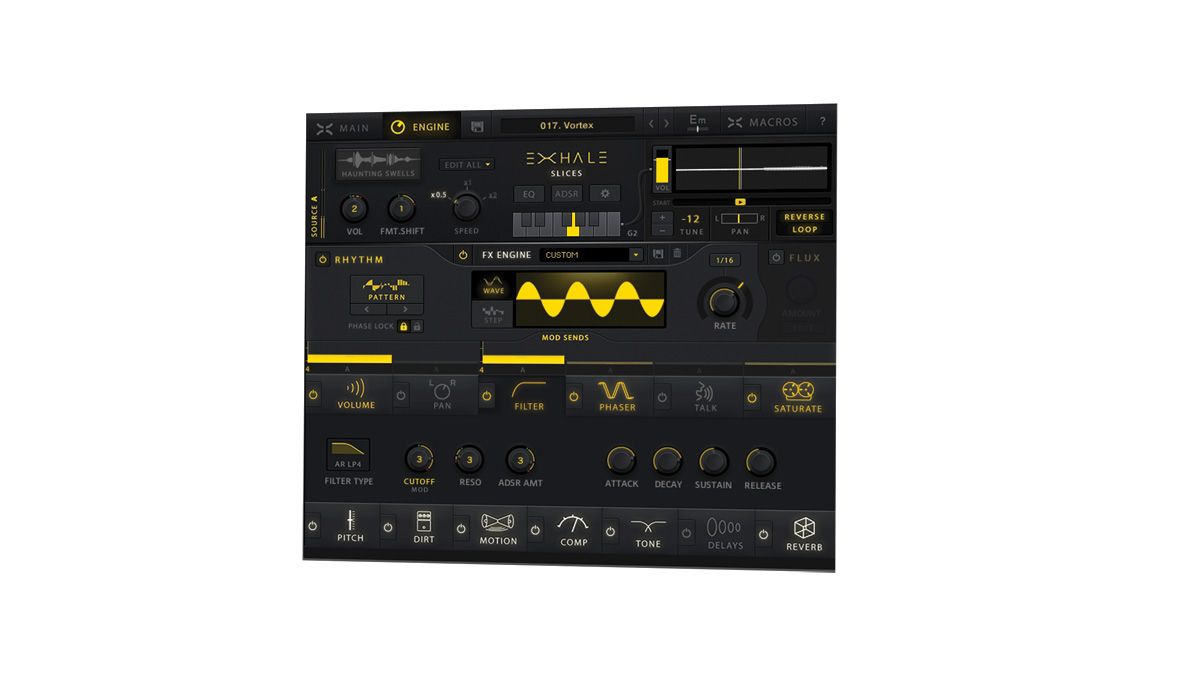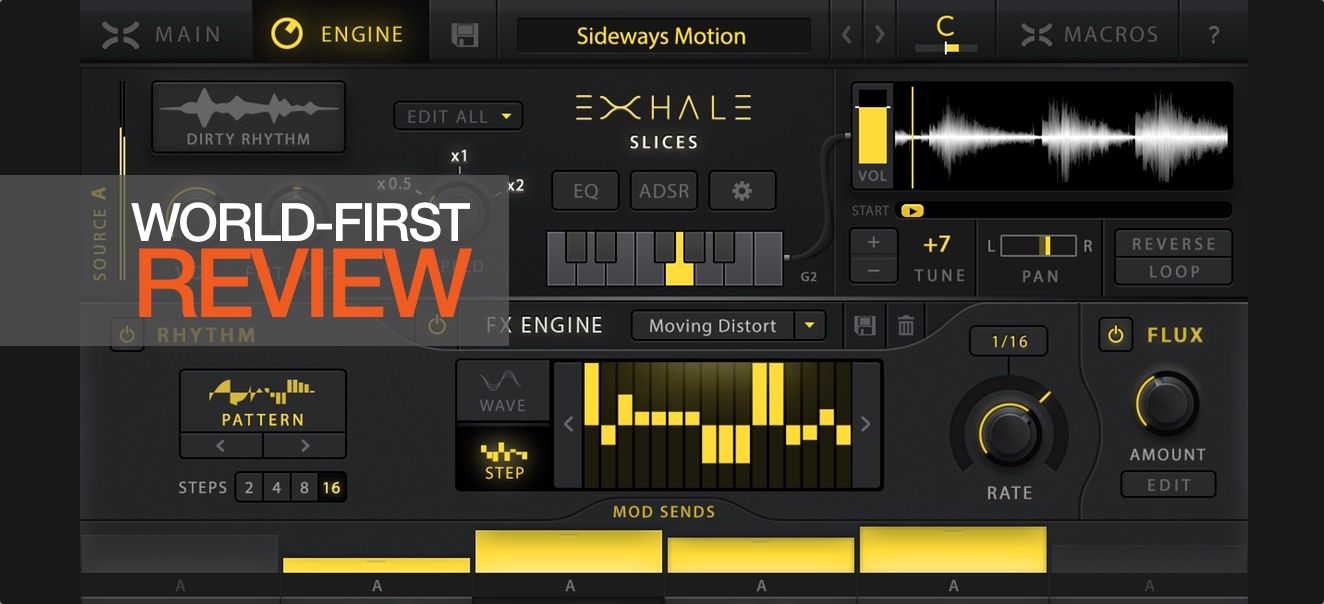

I think I got them for about $150 each last last year. But I guess arcade is constantly updating so there's that.Īnyways, the other two are Analog Strings and Exhale. The other two plugins are ones I purchased once and now I own which I far prefer over subscriptions. If I was still in the writing stage I would probably still use it here and there. But that's only because I wrote a 15 song album with my band this year and now we're rerecording, mixing and finalizing. Arcade is $10 a month, and I should probably cancel cause I don't use it much right now.

I've found it most useful to just print and move on as soon as I hear some cool things I like, otherwise I just keep searching and looping for hours with no decisions being made.īUT, what I'm really here to tell you about is the other two plugins by output. But again, endless possibilities can be good or bad. But the black keys are modifiers that can really make things interesting. The white keys on the piano roll are sounds, (not usually matching the corresponding note, which can be annoying and weird at times). Splice has more I'm sure, but arcade has some really unique manipulation tools. But Arcade sounds are midi based so they will always allow you to be in the desired tempo/key. You can manipulate them to the best of your know-how.

It's better than splice I think in the sense that splice sounds are what they are. Honostly I do really like arcade, though I don't use it that often. Which can be good or bad depending on if you're the type to keep scrolling because there are still options, or if you just haven't found what you like yet. I would compare Arcade to Splice in the sense that it can be easy to scroll endlessly. I know you asked specifically about Arcade, but I own two of their other ones that have been my primary plugins for getting songs started this year. Use an existing preset or make your own from scratch to take your sound to the next level.Output actually makes some really fantastic plugins. So now we know the basics of loop mode, let’s take a look at some more presets.Įach sound in Exhale can be tweaked and manipulated further using our powerful effects engine. So we can hit reset all, that resets everything, or we can manually reset individual controls, such as volume, pan, tune, sample start, and so on. Now, we’ve made lots of changes, and if we want to reset everything, we can, and that’s where we hit reset all to do it. Or control how the sample is played back with the reverse or loop buttons.

We could also pitch it up or down with this tune control, or maybe move it around in the stereo image with the pan parameter. And each note has its own separate sample start position. So let’s say we want to change where in this sample on D we want to play back from, we can drag the start position. So we have the keyboard on the left, it shows us what note we’re pressing, and then the corresponding sample plays back in the sample window to the right-hand side. There are forty banks of sounds in total, each bank carefully constructed and processed by our sound engineers here at Output, and what we can then do is use the right hand side of this sources panel to control how this sound is played back. So, by clicking this button here, we can choose a bank of sounds to work with. Pretty cool, right? Let’s now look at the initial presets and we can dive into the vocal engine, and it all starts in the sources panel. You can see it changes the key of our sound.Īnd we can browse through these presets using the tags below, so let’s say we want a dirty, atmospheric sound. You can see right now we’re in E flat minor, but if we choose, say, C minor… We can also choose the key for our samples using the key selector. These come pre-assigned, but we can actually edit them using the edit macros button in the top right. We also have four macros in the center of the screen that allow us to manipulate and shape our sound however suits our personal workflow. Now, loops mode uses the range C2 to C3 on the keyboard, with each note representing a different loop that plays back rhythmically in time with the tempo of our track, and we can trigger these individually or multiple notes at the same time. In this video, we’re going to look at loops mode in Exhale.


 0 kommentar(er)
0 kommentar(er)
